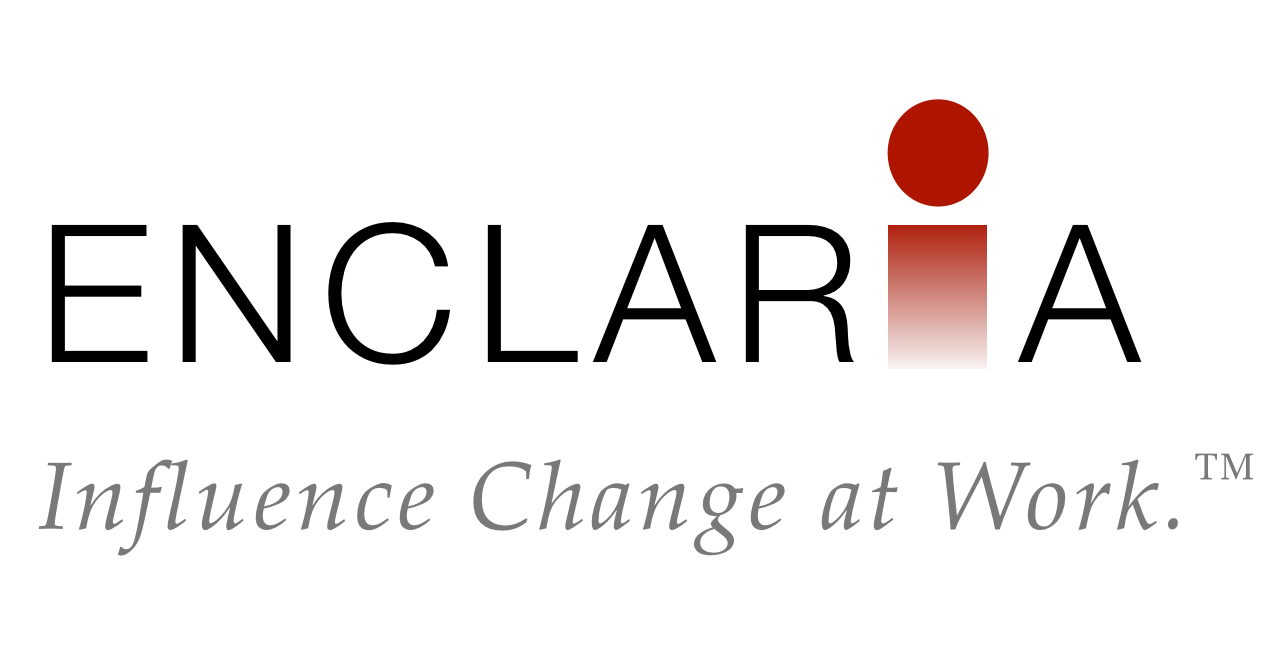Have you watched the show on HGTV called “Love It or List It”? The home makeover show features a couple who are tired of their current house and want to make a change. The show pits two professionals against each other: Hilary, the interior designer, and David, the real estate agent. Both Hilary and David set out to fix up the current house or find the couple a new one, respectively. At the end of each episode, the couple decides whether they will Love It (stay in their current house) or List It (put their house up for sale and buy the new house).
Inevitably, the work on the current house runs into a few snags. Hilary discovers some hidden problem that must be brought up to code for the work to continue, thus demolishing her budget. The couple in the end gets less done on the current house than they had hoped, usually far less than their original list of “must-haves.”
David, for his part, takes the couple through a series of houses that are in the wrong location, too pricey, or just don’t work. By the end though, he finds a house that meets all their needs and is seemingly affordable once they account for the increase in value on their current house due to the renovations.
Objectively, it seems like David should win more episodes. It’s much easier to find what you want in a new house than in upgrading the one you’re living in that is too small. And yet, in the vast majority of episodes*, Hilary’s upgrade of the current house wins. Why would that be?
The answer lies in what keeps us in the status quo.
We’re emotionally attached
Both our homes and our jobs become an expression of who we are. We put our stamp on it. We make improvements. We develop routines and habits and create an environment that enables them. We collect fond memories. We get used to the things that we can’t seem to change. The status quo is a result of small adjustments and compromises over time that provide us comfort, security, and ease. In a nutshell, we grow to love the way things are, even if they aren’t objectively perfect.
It’s too much work to move
In the case of moving houses, packing up all your worldly belongings and transporting them to a new location only to unpack them again is one of the most dreaded activities known to man. It’s too much work! It’s so much easier to do nothing, even if it means the new house would remove a lot of stress and angst and bring more joy than the current home. So too the prospect of changing processes, habits, behaviors, and performance at work seems like an extra burden, even if the result would mean more job security, better working environment, improved customer service or more pay.
Some couples on “Love It or List It” do decide to move. Sometimes it’s because Hilary can’t fix a part of the house that makes it unlivable, like only one bathroom for a family of five. In these cases, the discomfort of staying there outweighs the emotional attachment and the extra work of moving. Other couples decide to List It even though Hilary has given them what they wanted. For them, the emotional attachment to their house is not as strong. I suspect for some, seeing their home renovated is enough to break the emotional hold, because it’s no longer the house they created.
To break people free from the pull of the status quo, reduce or redirect the emotional attachment to the way things are, and overcome or reduce the perceived effort it will take to change.
* Based on my perception. I contacted HGTV to verify the official stats for “Love It or List It.” They have not yet responded.
